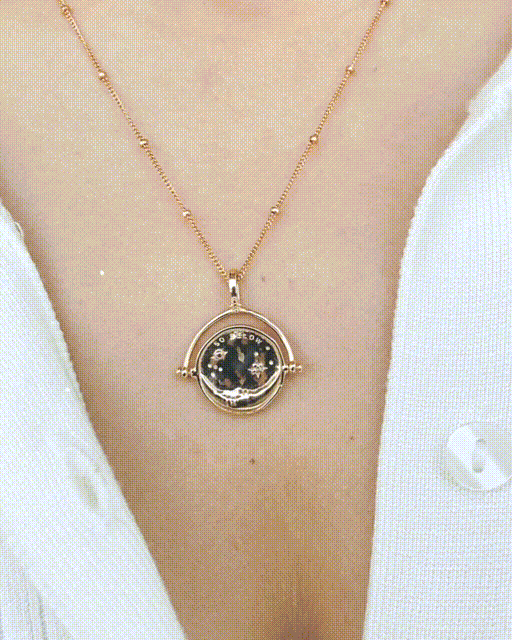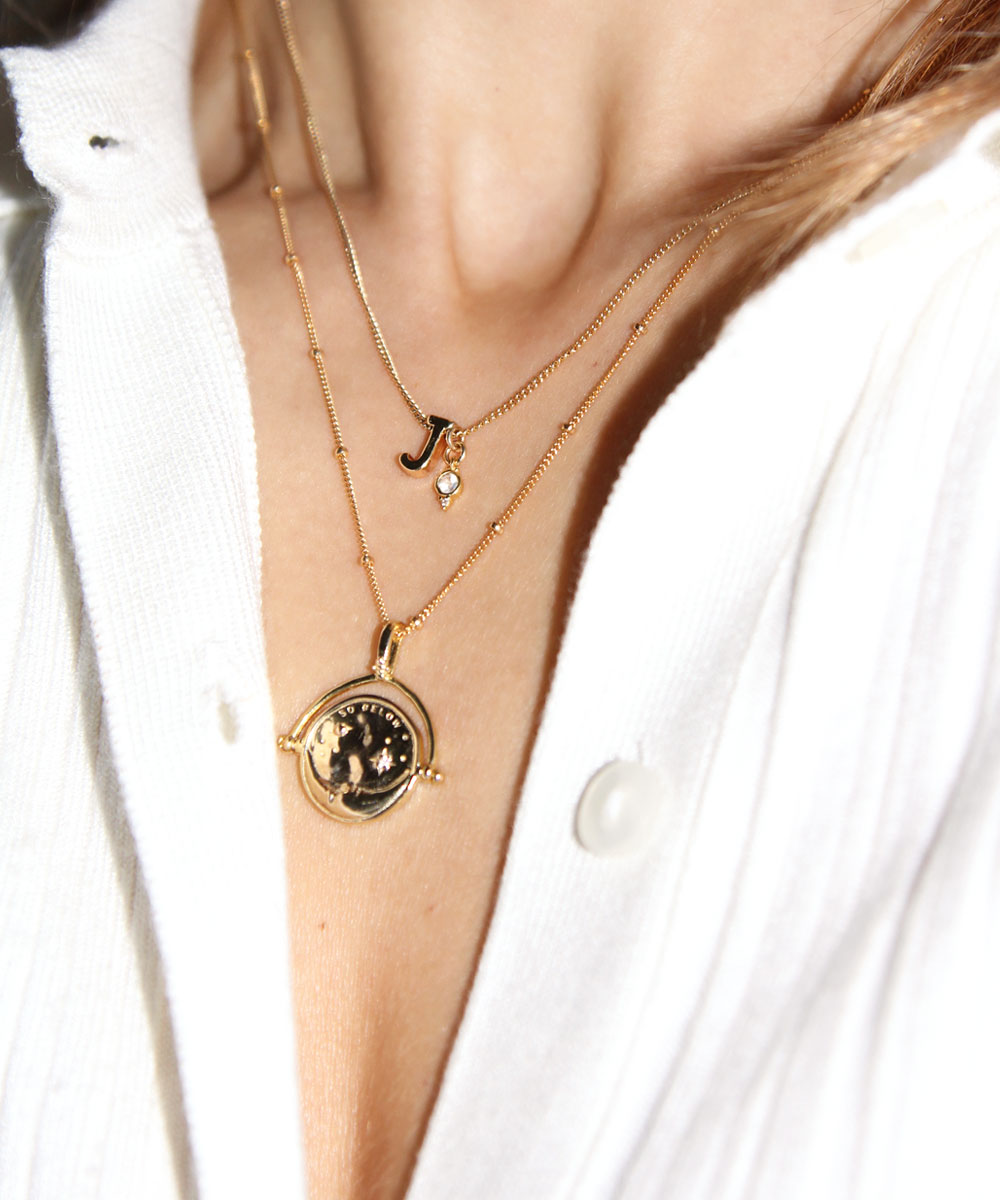Opals are one of nature's greatest wonders, and their unique beauty has captivated people for centuries. Unlike other gemstones, opals are not crystalline minerals but rather a form of amorphous silica. What sets opals apart from other gemstones is their mesmerising play of colours. Each opal is unique and can display a range of colours from red, orange, yellow, green, blue, purple, pink, and brown. In this blog post, we'll explore the science behind how opals get their colour.
Formation of Opals
Opals are formed from a combination of silicon dioxide, water, and other minerals. The process of how opals are formed is quite fascinating. Opals are created when water seeps into cracks and voids in the earth and picks up silica from sandstone or other rocks. Over time, the water evaporates and the silica forms tiny spheres that stack together to form a three-dimensional structure. This structure is what gives opals their unique play of colours.
The October Opal Birthstone Necklace.
Types of Opals
There are several types of opals, and each type has its unique characteristics. Some of the most common types of opals include black opals, white opals, boulder opals, crystal opals, and fire opals. Black opals are the most valuable and rarest type of opals, while white opals are the most common type. Boulder opals are found with ironstone, and crystal opals are transparent, while fire opals have a bright yellow, orange or red color.
Play of Colour
The play of colour is caused by the diffraction and interference of light as it passes through the tiny silica spheres in the opal. The size and arrangement of the spheres determine the colour that is seen. The smaller the spheres, the bluer the colour, while larger spheres produce a more red colour. The spacing between the spheres also affects the colours that are seen. The spacing is so precise that it causes the colours to change as the angle of the light or the viewing angle changes.
Opal Mining
Opal mining is a challenging and risky business. Most of the world's opals are found in Australia, where miners brave harsh weather and difficult terrain to extract these precious gemstones. Opal mining is mainly done by hand, and miners use picks, shovels, and explosives to extract the opals from the earth. The opal mining industry is an important part of the Australian economy, producing 95% of the word’s opals.
Uses of Opals
Opals have been used for centuries for their beauty and healing properties. They have been used to treat eye and skin diseases and have been believed to bring good luck and protection. In modern times, opals are mostly used in jewellery, and they make beautiful and unique pieces. Opals are often used as centrepieces or accents in rings, necklaces, and earrings. They are also used in watches and other decorative items.
Opal Birthstone ✵ October
faithfulness, confidence, spirituality
Beautiful opal is the birthstone for October babes. Full of fire and light, the dreamy opal dances like lightning in a rainbow on a cosmic plane. It enhances the connection to higher self, for the ultimate selfie. The opal birthstone may stimulate creativity and originality for its wearers, intensifying emotions and releasing inhibitions.
Genuine Opals are the stand out in our gold filled October Birthstone Stud Earrings. Accented with a White Topaz.
Caring for Opals
Opals are delicate gemstones and require proper care to maintain their beauty. They are sensitive to changes in temperature and humidity, and exposure to extreme heat or cold can cause them to crack or lose their colour. Opals should be stored in a cool, dry place, and it's best to avoid wearing them while swimming or doing other activities that may expose them to water or chemicals. It's also important to clean opals gently with a soft, damp cloth and avoid using harsh chemicals or abrasives.
Fire and Ice
In conclusion, opals get their colour from the unique three-dimensional structure of their silica spheres. The size and arrangement of the spheres, as well as the spacing between them, cause the diffraction and interference of light that produces the play of colour that makes opals so mesmerizing. Opals are not only beautiful but also rare and valuable, making them a favourite among collectors and jewelry enthusiasts. Whether you're a gemstone collector, jewelry designer or just appreciate the beauty of nature, opals are truly a wonder to behold. With proper care, opals can last a lifetime and be enjoyed for generations to come.
Looking for opal jewellery? Explore our range of gemstone jewellery here.














